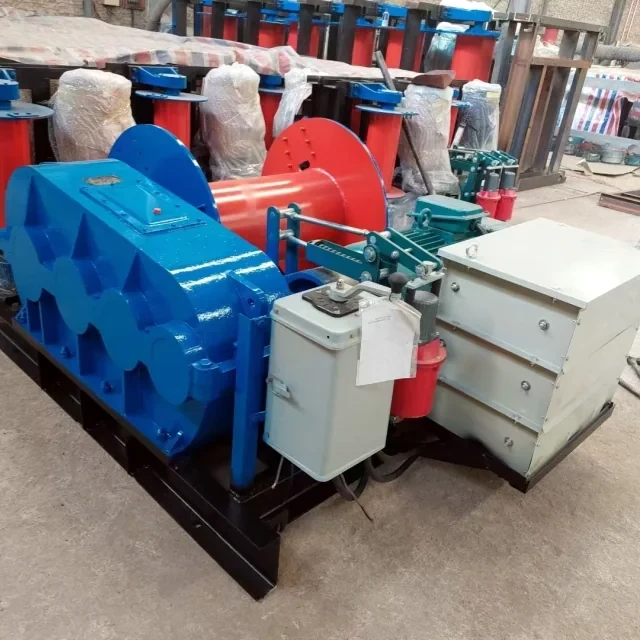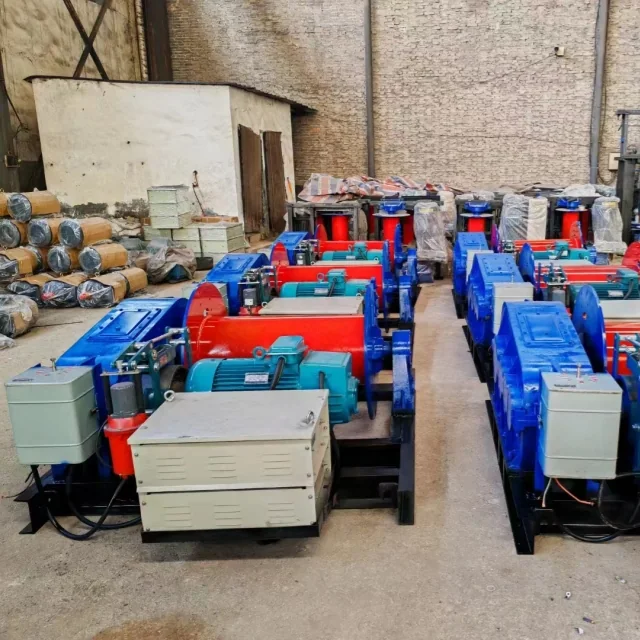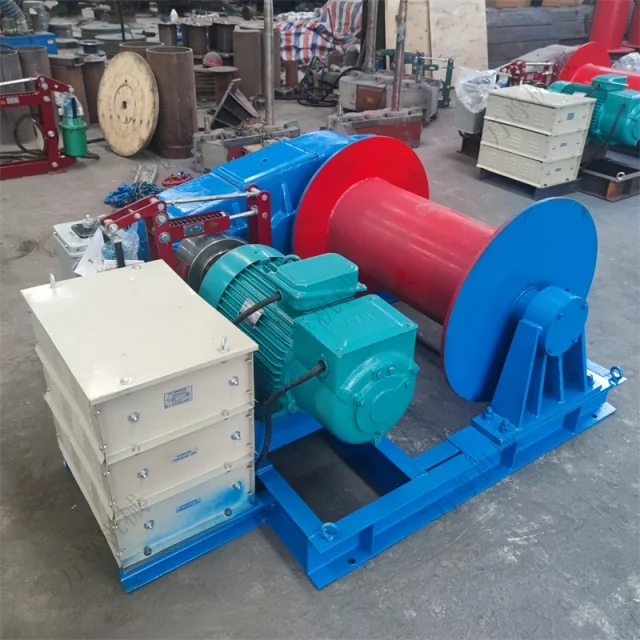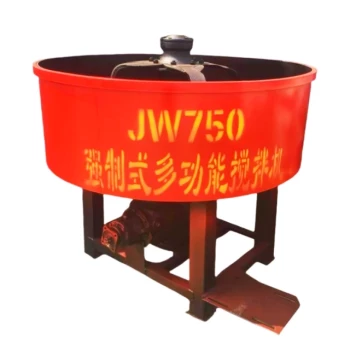Construction projects face three universal challenges: budgets that spiral out of control, timelines that stretch indefinitely, and worksites that endanger workers. Modern hoist systems—like those engineered by Garlway—are transforming these pain points into measurable advantages through vertical logistics innovation.
Hoist Mechanics and Construction Demands
Vertical Logistics Revolution in High-Rise Projects
High-rise construction historically wasted 12-15% of labor hours on manual material transport. Today’s hoists eliminate this inefficiency by:
- Precision Loading: Synchronized platform designs that match common material dimensions (e.g., palletized rebar or glass panels)
- Multi-Stage Routing: Intelligent control systems that prioritize deliveries to active work zones
- Weather Resilience: Enclosed hoistways maintaining productivity during high winds or precipitation
Ever wondered how a 50-story tower project could shave 6 weeks off its schedule? The answer lies in vertical transport optimization.
Stabilizing Material Flow in Confined Urban Sites
Urban construction sites with 40% less staging area than suburban lots require hoists with:
- 360° Loading Access: Rotating carriages that receive materials from any ground-level position
- Micro-Adjustment Capability: Millimeter-level platform alignment for delicate material transfers
- Noise-Dampened Operation: Electric drive systems maintaining community noise compliance
Visualize these hoists as the "metro system" of your worksite—moving critical resources exactly where needed without surface-level congestion.
Economic and Safety Imperatives
Cost-Per-Ton Efficiency in Heavy Material Handling
Traditional crane-assisted lifts cost $18-22 per ton in labor and equipment fees. Modern hoist systems achieve $9-12 per ton through:
- Continuous Operation: 24/7 automated material flow with <2% downtime
- Energy Recovery: Regenerative braking systems repowering 15-20% of lift energy
- Modular Scalability: Adding capacity via interchangeable platform decks
These systems pay back their capital investment within 8-14 months on mid-rise commercial projects.
Fall Prevention Through Automated Vertical Transport
The Bureau of Labor Statistics attributes 23% of construction fatalities to falls during material handling. Hoist systems address this by:
- Eliminating Manual Carrying: Workers never traverse stairs with heavy loads
- Integrated Safety Gates: Proximity sensors that prevent operation unless fully secured
- Real-Time Load Monitoring: Automatic shutdowns if weight distribution risks instability
These aren’t just machines—they’re life-saving tools that protect your most valuable assets: skilled workers.
Conclusion: Building Smarter from the Ground Up
Three actionable steps for project managers:
- Audit Vertical Transport Hours - Track current time spent moving materials manually
- Simulate Hoist Integration - Use project modeling software to calculate potential time/money savings
- Prioritize Safety ROI - Evaluate hoist systems as both productivity tools and insurance policies
Garlway’s hoist solutions embody this dual advantage—transforming construction sites into precisely orchestrated vertical supply chains while safeguarding every worker’s journey home. The future of building isn’t just taller; it’s smarter, safer, and fundamentally more humane.
Ready to see how your next project could benefit from vertical logistics optimization? The first step is recognizing that every minute spent waiting for materials is money and safety slipping away.
Related Products
- Electric Hoist Winch Boat Anchor Windlass for Marine Applications
- Ready Mixer Machine for Construction Ready Mix Machinery
- Commercial Construction Mixer Machine for Soil Cement Mixing Concrete
- Concrete Cement Mixer Machine Drum Mixer for Construction
- HZS25 Best Cement Mixer for Quick Mix Concrete at Bunnings
Related Articles
- How Anchor Winch Technology Transforms Fishing Efficiency Through Smart Relocation
- How Electric Winches’ Engineering Enhances Efficiency and Safety in Heavy-Duty Applications
- How Proper Lubrication Checks Prevent Electric Hoist Failures and Boost Efficiency
- Why Boat Anchor Winches Earn "Best Accessory" Status: A Deep Dive into User Satisfaction Drivers
- How Electric Winch Components Dictate Performance and Durability






















